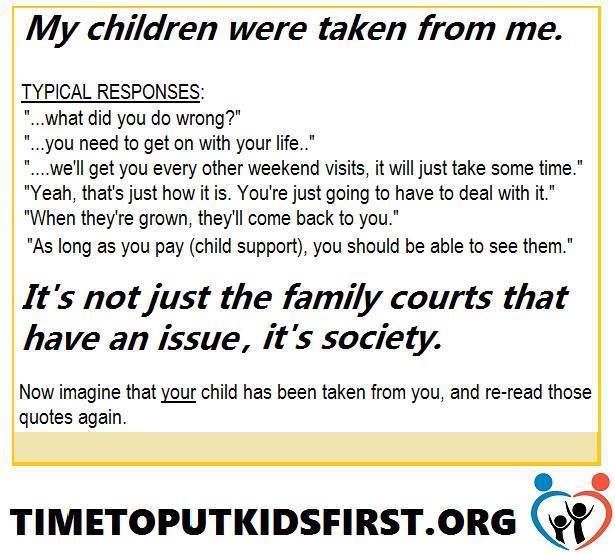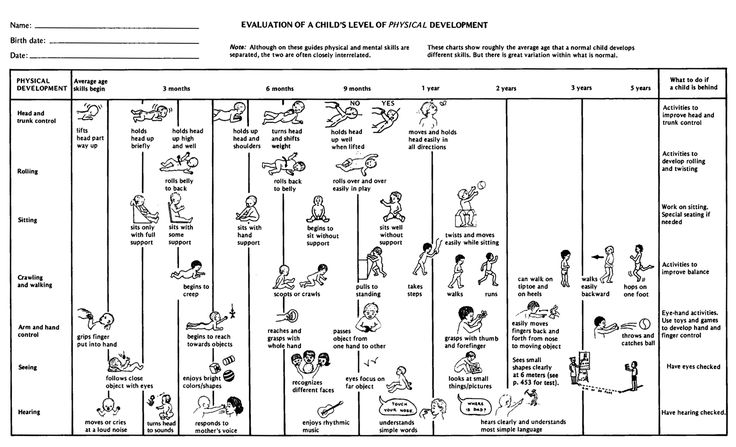How to get your child a scholarship
When Your Child Should Start Applying for Scholarships
Updated on December 23rd, 2021
Parents and students are always surprised when I tell them that there are scholarships out there for students as young as 4 years old. Perhaps that surprises you as well!
It’s safe to say that most students don’t even think about applying for scholarships until the bill comes in the mail from whichever college or university they decide to attend.
While this is a great time to look for scholarships, the ideal time actually would have been earlier.
So when exactly should your child start applying for scholarships?
In this post, we are going to break down the ‘scholarship seasons’ and let you know exactly when your child should start looking for the big bucks for college.
If you and your student want to find out more about landing college scholarships, sign up for our free college scholarship webinar! You can head to http://thescholarshipsystem. com/freewebinar to reserve your spot today.
In The Scholarship System, we typically break up the year into 3 scholarship seasons: Fall, Spring, and Summer.
Fall Season: August – December
This is the “kick-off” of scholarship season for the following school year. While you may be able to find a few late deadlines in August to receive money for that immediate fall semester, most deadlines will be for money for the following school year.
For example, if it is August 2021, then most scholarships will open for the following school year. So August 2021 applications would result in money for college for the 2022-2023 school year.
In our experience, major deadline months include October and December. The holiday break is perfect timing to wrap up final applications for the year.
Spring Season: January – May
The spring semester is really the “high season” of scholarships. There are millions of dollars up for grabs throughout these months.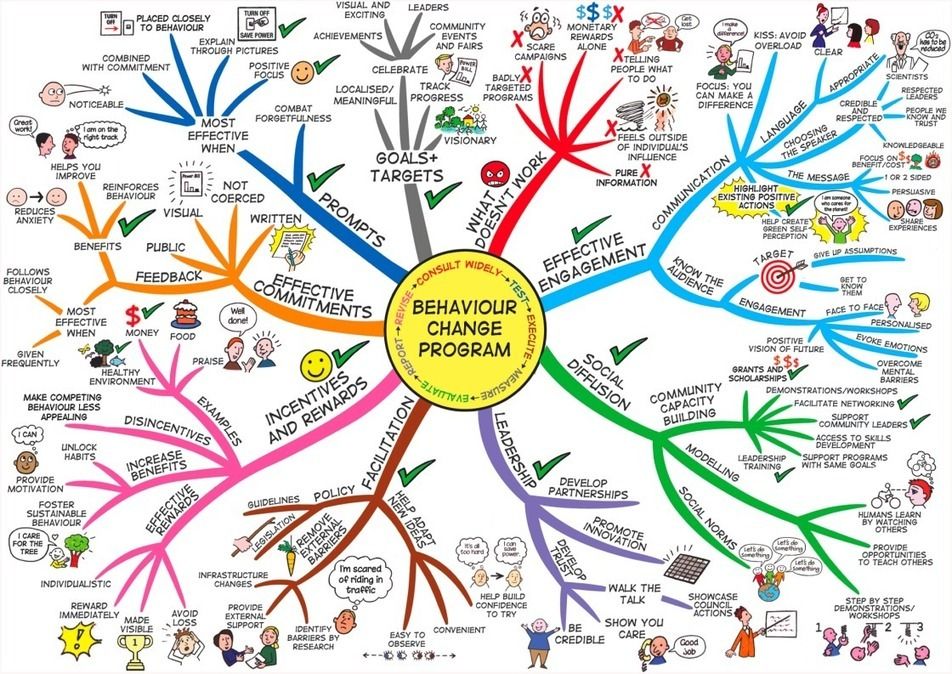 Deadlines seem to be evenly spread throughout January to May. Just know, this is prime scholarship time and your child should certainly be working on them during these months!
Deadlines seem to be evenly spread throughout January to May. Just know, this is prime scholarship time and your child should certainly be working on them during these months!
The end of winter break can be perfect for pinpointing your child wants to apply. They may even be able to submit some applications early. Additionally, spring break is a great time to knock out many of these.
Summer Season: June – July
June and July are the “final stretch” months where everyone is rushing to find final dollars for the fall. We have recently found more and more scholarships with later deadlines, which is great news for students!
We actually started our own scholarship fund for our course members in summer 2016 and personally decided to have a late deadline. We know what it’s like to be in the last few months, scrambling for the final dollars, so we decided this would be most helpful.
The one challenge to the summer months is your child won’t be the only one who may have procrastinated and is rushing to apply, which could mean more competition.
Still, if they are in need of some extra dollars for the fall, or if you are ahead of the game and your child is going to perhaps the following year or later, then do not ignore the process during June and July because there ARE scholarships out there with deadlines these months!
Now that we’ve gone over the “Scholarship Seasons,” let’s take a look at when your student should be focusing on scholarships based on their school year.
If your child is in 10th grade OR younger
If your child is in 10th grade or younger, you may be surprised to they should be looking for scholarships. As I mentioned earlier, scholarships are available to children as young as 4 years old. Here is a list of scholarships for children from 5 to 25 years old.
While this may seem a bit early, it’s helpful to start looking now so you and your child know what you are getting into. And it certainly doesn’t hurt to secure a few dollars ahead of time!
We recommend families with children in this age bracket to passively look for scholarships, focusing over the holiday breaks, including winter and spring break.
Additionally, throughout the year, your child can build their competitiveness for scholarships. Volunteering, joining clubs or organizations, babysitting, and more can help set them up for success when they really start applying for scholarships!
If your child is in 11th grade
Junior year is the year of test-taking, college visits and so much more! While we don’t want to overwhelm you or your child, this is also the year that they should start looking for scholarships and building their scholarship materials.
Just think: next year will be consumed with final test-taking, applying to colleges, FAFSA, AP classes, and more. While you’d think they will have time ‘next year’ to search for scholarships, their plate will only become fuller. Junior year is the perfect time to really create a routine with scholarships – and there are plenty out there in which juniors in high school are eligible!
So if you are considering waiting, don’t. Now is the time!
While they should start looking for scholarships, we recommend either focusing during the holidays, similarly to the 10th grade and younger students, or just taking an hour per week to focus on the process.
The summer after their junior year is when they should start committing 2+ hours per week to the process. If you remember from earlier, there are thousands of deadlines in the “fall season” and believe it or not, this would be for college funding for the following school year (your child’s freshman year in college.)
If your child is in 12th grade
Senior year is here! While there are plenty of items on both your and your child’s to-do lists, forgive me for sneaking just one more in – scholarship applications.
While most students wait until the spring semester to start applying for scholarships, the early bird gets the worm. And that is certainly the case with scholarships! Your child applying for scholarships as early as the summer months before their senior year (like we mentioned above) will not only help prepare them for major scholarship months, but it could give them a leg up over their peers.
Already in the spring semester of their senior year? Don’t worry.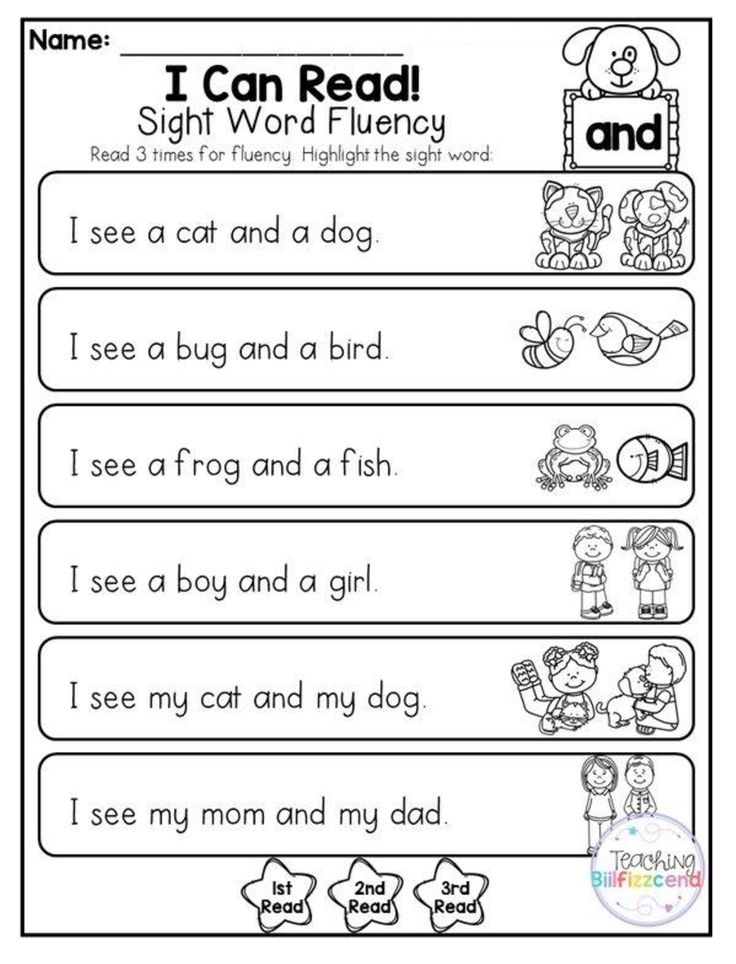
There are deadlines as late as July for the fall semester of college. Still, you won’t want your child to wait until the last minute to start applying.
While junior year and younger are focused primarily on getting involved and building competitiveness for scholarships, senior year should really be focused on fine-tuning their scholarship materials, developing a consistent system for applying, and knocking out the applications. It’s crunch time.
Another area you should be focusing on with a senior in high school? FAFSA.
Whether you think you should submit it or not, you won’t want to miss out on this list on the NEW FAFSA CHANGES: 5 QUICK TIPS TO MAXIMIZE FINANCIAL AID. We cover when you need to submit it (hint: it has changed recently) and much more.
If your child is ALREADY IN college
Last but not least, college students.
You may have thought I was done with seniors but that isn’t the case. Actually, I secured a large portion of my $126,000 in scholarships during my college years.
Many parents and students believe the myth that once they arrive at college, the chance of making the bill more affordable is gone. The good news is that simply isn’t the case.
College students can continue applying for scholarships all the way through their senior year in COLLEGE. That’s right – I actually cashed a “cash award” check on my way home from my college graduation.
During which “seasons” should they apply? College students can apply during all 3 seasons.
You are probably thinking, “Yeah right. My child already complains about how busy they are! There is no way I can add this on their plate!” If that’s the case, have them focus on scholarships over their breaks. If your child can cram during winter, spring, and summer break, they will then be able to focus on their studies throughout the school year. And best of all, it’ll actually HELP them focus during the school year because they won’t have the added stress of paying the bills each semester! Or at the very least, it’ll help you de-stress.
And, just like seniors in high school, college students also need to focus on FAFSA because they have to resubmit it each year. Don’t miss our post where we covered recent changes to FAFSA as well as 5 Quick Tips to Maximize Financial Aid.
So as you can see, children should actually nearly always be looking for scholarships, whether it is passively or actively, depending on their school year. Still, if they are overwhelmed, focusing on the scholarship process during certain times of the year (and cramming like many of us do) can also work.
If you and your child want to start searching for scholarships but aren’t sure where to begin, or if you tried and haven’t had any luck so far, join me for my free webinar for parents and students, “6 Simple Steps to Secure Scholarships for College.” You can see when the next one is at thescholarshipsystem.com/freewebinarpst
Want more helpful free information? Here are some more related posts:
10-POINT CHECKLIST TO HELP YOUR CHILD SECURE MONEY FOR COLLEGE where you can check if your child is up for the task of applying for scholarships. Hint: You may be surprised at the answer!
Hint: You may be surprised at the answer!
Or, if you are overwhelmed with all this crazy terminology regarding paying for college, check out our COMPLETE REFERENCE GUIDE TO PAYING FOR COLLEGE where we cover all the terms you need to know, including FAFSA, financial aid versus scholarships, different types of student loans and more.
Related Video:
- When Your Child Should Start Applying for Scholarships
10 Strategies to Improve Your Child’s Scholarship Chances
Every parent loves the idea of free money to help your child pay for college, and scholarships are one way to get it.
But first your student has to win scholarships, and that requires one of three things:
- Your family must show a financial need
- Your student must show strong academic merit
- Your student must meet specific unique requirements
The good news is that you can win need-based and merit-based scholarships relatively easily, as long as you qualify.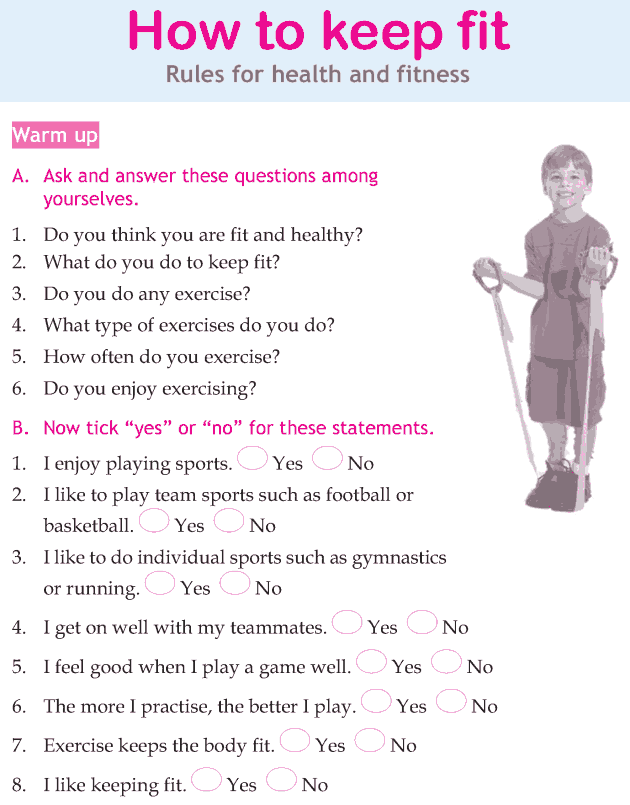
All you need to do for most of these scholarships is apply for admission and submit your financial aid forms. For other scholarships with unique qualifications, students need to do something more.
However, no matter what sort of scholarships you student is pursuing, there are 10 strategies they can use to improve their chances of success.
These are strategies I’ve shared with hundreds of students and families to help them plan and save for college over the past 15+ years. Now I’d like to share them with you, so let’s jump in and get started.
Here are the 10 things you can do to improve your child’s chances of scholarship success.
1. Select private colleges that have a history of being generous.
Private colleges are the most generous when it comes to scholarships. This is because they’re generally more expensive, and they need to offer more aid to keep costs affordable for students.
You can look at the scholarship statistics at Big Future or College Navigator to see what typical first-year financial aid packages look like, along with need-based and merit-based scholarship statistics. You can try to find some schools that are a good fit but also have good numbers in need-based or merit-based scholarships.
You can try to find some schools that are a good fit but also have good numbers in need-based or merit-based scholarships.
2. Select schools where your student is above average academically.
If your student wants a chance to win merit scholarships from colleges, they should apply where they’re a rock star or at least well above average among applicants. That usually means being in the top 25% of applicants.
Many colleges offer scholarships to applicants in this category. And it’s important to keep in mind that your student might be average at really competitive schools but might be above-average at other schools. Consider applying to schools where your child is above-average or even stronger.
If have a really strong student, you might be in the running for a full-ride scholarship. Depending on the school, they will usually have a handful of full-ride scholarships that somebody is going to win. Why not your child?
3. Avoid “stretch schools” where your student will just barely be accepted.

Some students have “stretch schools” on their list. These are schools where they would barely qualify for admission, but they would love to attend college there if they could get int.
Students like this might say, “I would love to go to Northwestern or Stanford if I could just get in. I’m not sure if I will or not, but it would be great if I did.”
Maybe it’s your dream to go to one of those schools. But it’s also asking to pay full price.
If you’re a marginal applicant, you’re not going to qualify for merit-based scholarships at most
colleges. And unless you demonstrate a financial need, you might not qualify for need-based scholarships either.
If you’re applying to a public college or university, this won’t be as much of a factor. Public
colleges don’t offer many merit-based or need-based scholarships because their baseline costs aren’t as high as private universities.
But if you’re looking at private colleges and want to increase your chances of receiving a scholarship, you may be better off going to a school where you’re a more qualified student and especially if you’re in the top 25% of all applicants.
There are exceptions to this, but it’s a good general rule to follow.
4. If you can demonstrate a financial need, choose colleges that meet 100% of financial need.
There are many colleges that meet 100% of financial need. When you submit your financial aid forms, they figure out how much your family should be able to pay, and then they offer financial aid to cover the difference.
However, these schools tend to be very competitive. If you don’t qualify for admission at these highly competitive schools, you could consider other colleges that tend to meet at least 80% or 90% of financial need.
Schools that meet a high percentage of financial need tend to award more need-based scholarships, so if you can demonstrate a need, these colleges may be a great choice.
Statistics on meeting financial need are available at College Navigator and Big Future, where you can see the latest reported numbers for each school.
If you’re looking at private schools, you can also check out my article on Why Your Assumptions About College Costs Are Probably Wrong.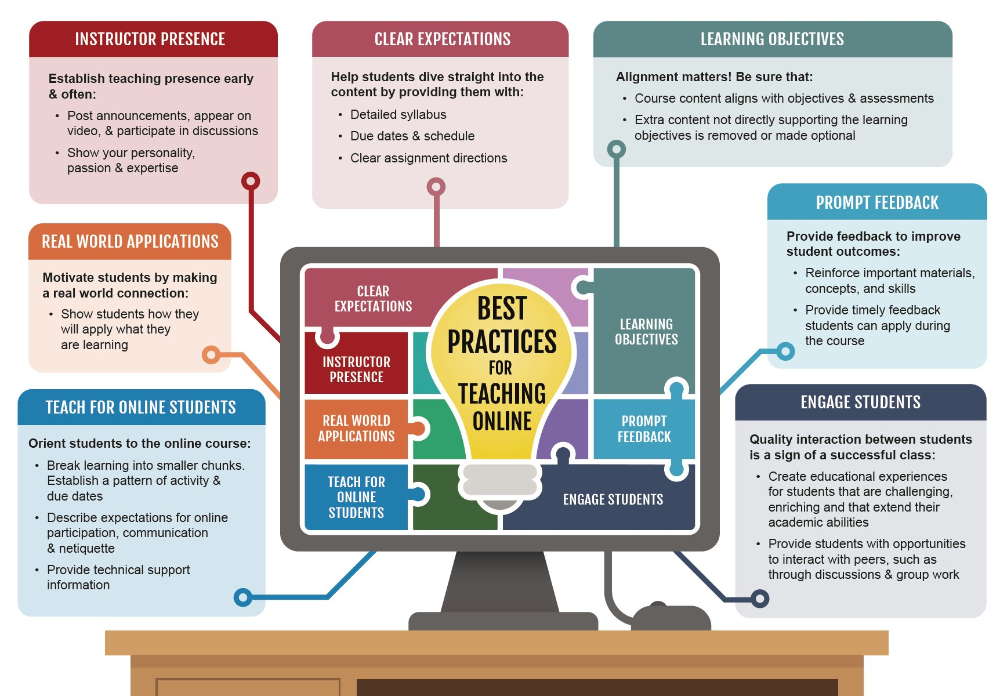 In the last two sections of this article, I
In the last two sections of this article, I
provide lists of elite private colleges that meet 100% of financial need, and I break them into two categories, including those that also offer merit aid and those that don’t.
5. Encourage your student to get involved in extracurricular activities.
We don’t want to encourage students to pad their resume with extracurricular activities just for the sake of adding them to their college applications. But they should do something to expand their horizons beyond just getting good grades.
Your student should find some extracurriculars beyond just studying hard, whether it’s
activity at school or outside of school. Find things that they enjoy and that could make them college-worthy or qualify them for a scholarship.
If it’s something they enjoy and they’re passionate about, they are more likely to excel at it. And usually there’s a way to turn that excellence into a scholarship opportunity or something that truly stands out on their resume, rather than just an activity they did because they thought they should be doing it.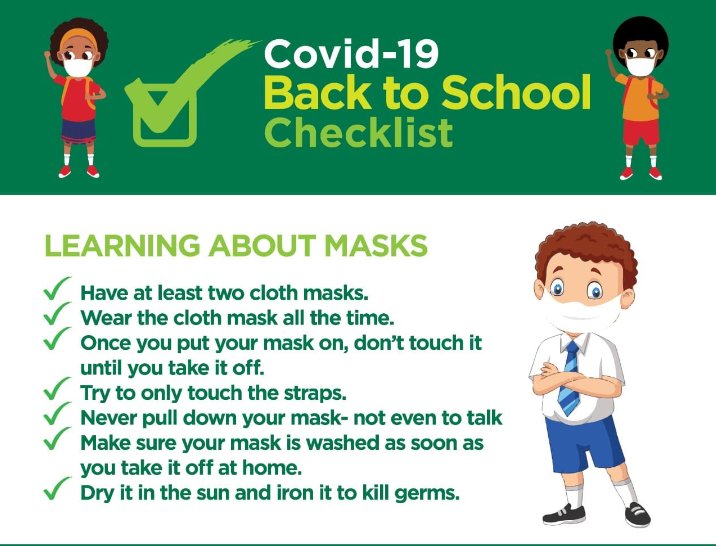
6. Have your student take their extracurriculars to the next level.
For students who have a long list of extracurriculars that are boring and average, pick out a couple and take them to the next level.
Instead of just joining a school club or volunteering for a non-profit charity, maybe your student can serve as president of the club or launch a non-profit initiative of their own. If your student is active in French club but isn’t part of the leadership team, they should look into joining the leadership team. If they’re already in a leadership position, they can look for ways to get involved further on the county, state or regional level.
Look for ways to take things from mere participation to being much more active and showing leadership and initiative.
Also, if your student is busy and needs to give up any extracurricular activities, activities or passions, keep the ones that are unique. Being on a school athletic team is great, but it’s far from unique.
If you helped create the school judo club and you’re the club president, or you’re a leader in a
martial arts organization in your city—outside of school—that’s less common and shows more initiative. If you need to cut back on activities, look to keep the ones like these that set you apart from other students when schools are deciding to award scholarships.
7. Adjust your finances in order to increase your financial need.
For the purposes of awarding financial aid and need-based scholarships in particular, your family’s financial need is based on your income and assets.
If there are things you can do to adjust your income and/or assets so you show a greater financial need and increase your eligibility, you may qualify for more scholarships from both colleges and other organizations.
For example, you might be able to defer a job bonus or additional income to the next tax year, to minimize your income for the base tax year for the purposes of applying for financial aid.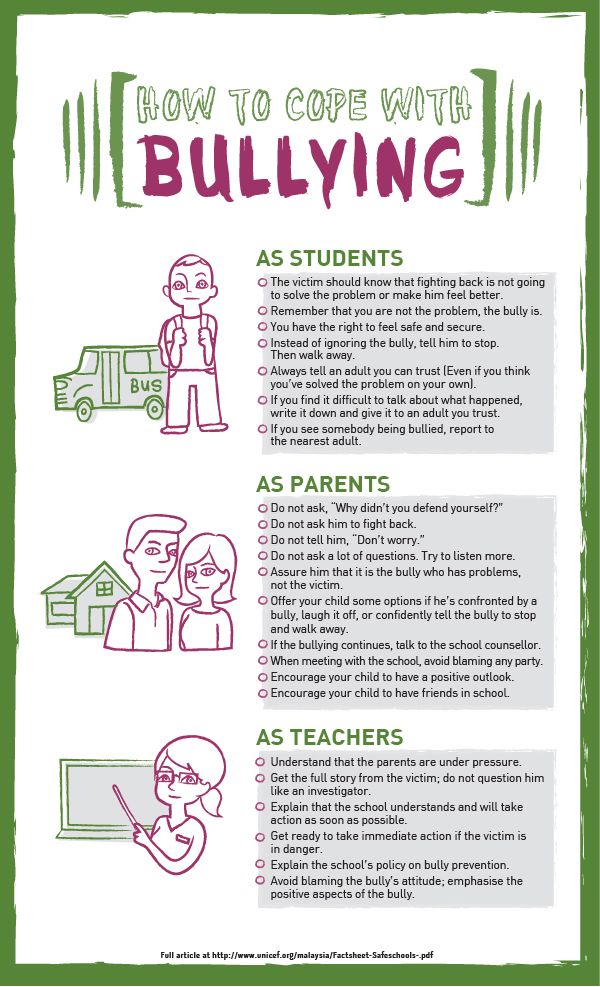 Or you may be able to move around some of your assets to achieve similar results.
Or you may be able to move around some of your assets to achieve similar results.
Likewise, you want to avoid mistakes with your finances and assets that could reduce your financial need and qualification. To learn the do’s and don’ts, read my article on the 12 Terrible Financial Aid Mistakes to Avoid. I’ll show you the mistakes that often reduce financial aid and scholarship eligibility and how to avoid them.
8. Look into all the scholarships through your school, city or state.
Some colleges and states have programs where you can qualify for free tuition if you meet the right asset and income requirements. Some also offer scholarships of differing values up to the cost of tuition.
Some of these scholarships may be based on your city, county and state. So make sure to do some research and look into all the local need-based scholarship and financial aid programs available to you. If you qualify, you find an entirely new source of money to help cover your college costs.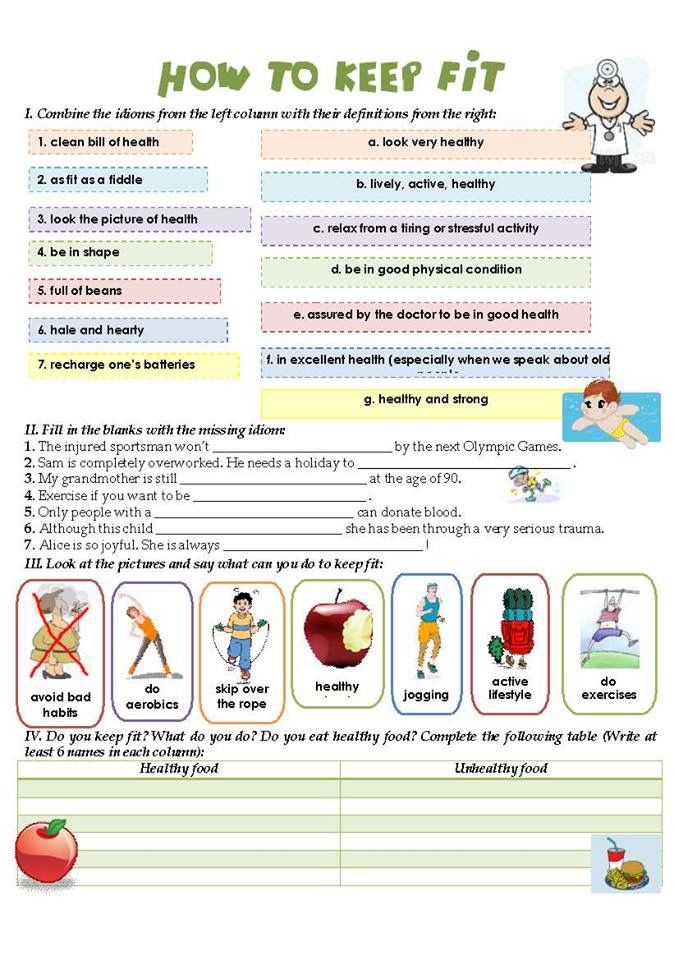
Also make sure to check with your high school as well as local foundations, business groups or other entities in your town to find out what other local scholarships might be available.
Often there are scholarships available to students from the local community, and you can find out about these at your school counselor’s office, school bulletin boards or websites, and Google searches.
Local scholarships are often much less competitive because they’re specific to your high school or local area as opposed to national or statewide. This means there will probably be fewer applicants to compete with, and if you’re a “rock star” among these candidates, you may have a good chance of winning a scholarship.
9. Build a scholarship team.
If you’re looking for private scholarships beyond the need-based and merit-based scholarships that you can win by simply applying for college and submitting your financial forms, build a scholarship team.
There are thousands of private scholarships with many different qualifications, benefits, and funding organizations. That means it can take a fair bit of time to find and research them.
That means it can take a fair bit of time to find and research them.
If you can build a team and work together with parents, relatives, friends, or anyone else who’s willing to help, you can potentially share the workload, share search tips and information, and find good scholarship opportunities.
10. If your student is first-generation, get involved in applicable scholarship programs.
If your student will be the first person in your family to attend college, they can potentially win scholarships designed for first-generation students.
Often these are grants as part of the federal TRIO programs, which are designed to provide services and assistance to first-generation college students, individuals with disabilities, and people of low income or disadvantaged backgrounds. But there are also many private and institutional scholarships for first-generation students as well.
If you qualify, look for any of these or similar scholarship and grant programs for first-generation students.
Check out my free articles and resources to help you learn more about scholarships and develop a winning college plan for your family.
What They Don’t Tell You About Scholarships
Too many parents and students get caught up in the hype about scholarships, or they miss out on scholarships because they think they won’t qualify. Here’s the real story about scholarships, how they work, how to decide if they’re the right fit for your student.
The Free Scholarship Guide for Busy Parents
Learn everything you need to know about scholarships and how to determine if they’re worth your time. Get all the advice, tips, and examples you need in an easy four-video course you can complete on your own time, and in less than an hour.
The Taming the High Cost of College E-Newsletter
Subscribe to my free e-newsletter and get great tips and advice on how to plan and save more money for college, how to reduce your costs, and how to put your student on the path to a bright future.
The 5 Key Components to a College Financial Plan
Learn the 5 key parts of a good college financial plan and how to get started.
The 5 Types of Federal Financial Aid
Find out if the 5 types of federal aid are available to your family and what they mean for you.
6 Ways to Pay for College
Find out the 6 ways to pay for college and the crucial things to keep in mind for each one.
Professional College Planning and Financial Advising Services
Worried about the high cost of college and how to plan and save for your child’s future? I’ll show you how to save more for college, minimize your costs, and make your student’s college dreams come true. Visit my financial advising website to learn more about my professional services and schedule a free 30-minute consultation.
Article 36. Scholarships and other cash payments \ ConsultantPlus
Article 36. Scholarships and other cash payments
1. A scholarship is a cash payment assigned to students in order to stimulate and (or) support their mastering of relevant educational programs.
2. The following types of scholarships are established in the Russian Federation:
1) state academic scholarship for students;
2) state social scholarship for students;
3) state scholarships for graduate students, residents, assistant trainees;
4) scholarships of the President of the Russian Federation and scholarships of the Government of the Russian Federation;
5) nominal scholarships;
6) scholarships for students, appointed by legal entities or individuals, including those who sent them to study;
7) scholarships for students of preparatory departments in cases provided for by this Federal Law. 90,003 90,002 regulation in the field of higher education.
(as amended by the Federal Law of July 26, 2019 N 232-FZ)
(see the text in the previous edition)
and implementation of state policy and legal regulation in the field of higher education.
(as amended by Federal Law No. 232-FZ of July 26, 2019)
(see text in previous edition)
5. State social scholarship is assigned to students who are orphans and children left without parental care, persons from among orphans and children left without parental care, persons who have lost both parents or a single parent during the period of study, children - disabled people, disabled people of groups I and II, disabled since childhood, students exposed to radiation as a result of the Chernobyl disaster and other radiation disasters, as a result of nuclear tests at the Semipalatinsk test site, students who are disabled due to a military injury or illness received during military service , and veterans of hostilities, as well as students from among citizens who have served for at least three years under a contract in military positions to be replaced by soldiers, sailors, sergeants, foremen, and dismissed from military service on the grounds provided for in subparagraphs "b "- "g" of paragraph 1, subparagraph " a" of paragraph 2 and subparagraphs "a" - "c" of paragraph 3 of Article 51 of the Federal Law of March 28, 1998 N 53-FZ "On military duty and military service".
State social scholarship is assigned to students who are orphans and children left without parental care, persons from among orphans and children left without parental care, persons who have lost both parents or a single parent during the period of study, children - disabled people, disabled people of groups I and II, disabled since childhood, students exposed to radiation as a result of the Chernobyl disaster and other radiation disasters, as a result of nuclear tests at the Semipalatinsk test site, students who are disabled due to a military injury or illness received during military service , and veterans of hostilities, as well as students from among citizens who have served for at least three years under a contract in military positions to be replaced by soldiers, sailors, sergeants, foremen, and dismissed from military service on the grounds provided for in subparagraphs "b "- "g" of paragraph 1, subparagraph " a" of paragraph 2 and subparagraphs "a" - "c" of paragraph 3 of Article 51 of the Federal Law of March 28, 1998 N 53-FZ "On military duty and military service". State social scholarship is also assigned to students who have received state social assistance. The state social scholarship is assigned to the specified category of students from the date of submission to the organization carrying out educational activities, a document confirming the appointment of state social assistance, for one year from the date of assignment of the specified state social assistance.
State social scholarship is also assigned to students who have received state social assistance. The state social scholarship is assigned to the specified category of students from the date of submission to the organization carrying out educational activities, a document confirming the appointment of state social assistance, for one year from the date of assignment of the specified state social assistance.
(Part 5 as amended by the Federal Law of 29.12.2017 N 473-FZ)
(see the text in the previous edition)
those who carry out the functions of developing and implementing state policy and legal regulation in the field of higher education are awarded state scholarships.
(as amended by the Federal Law of July 26, 2019N 232-FZ)
(see the text in the previous edition)
budgets of the constituent entities of the Russian Federation and local budgets, is established by the state authorities of the constituent entities of the Russian Federation and local governments, respectively.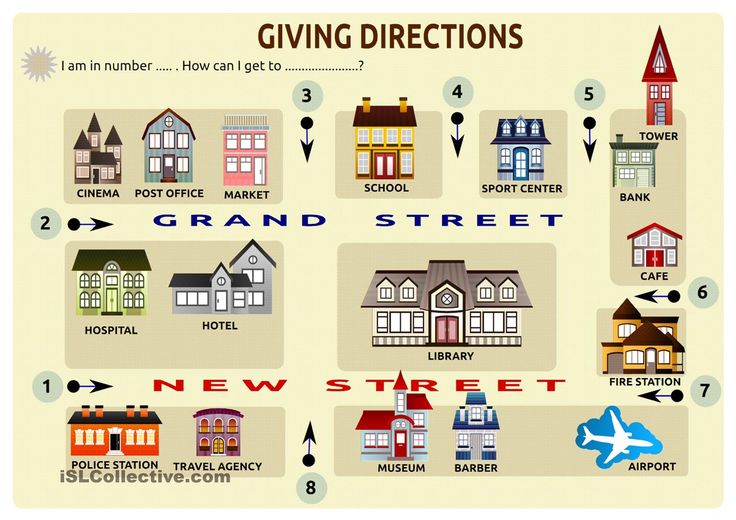
8. State academic scholarships for students, state social scholarships for students, state scholarships for graduate students, residents, assistant trainees are paid in amounts determined by the organization carrying out educational activities, taking into account the opinion of the council of students of this organization and the elected body of the primary trade union organization (if any such body) within the limits of the funds allocated to the organization carrying out educational activities for scholarships for students (scholarship fund). The Scholarship Fund includes funds for the payment of scholarships paid out of the funds of the relevant budgets of the budgetary system of the Russian Federation.
(as amended by the Federal Law of 03.07.2016 N 312-FZ)
(see the text in the previous edition)
for trainees, determined by the organization carrying out educational activities, cannot be less than the standards established in accordance with part 10 of this article.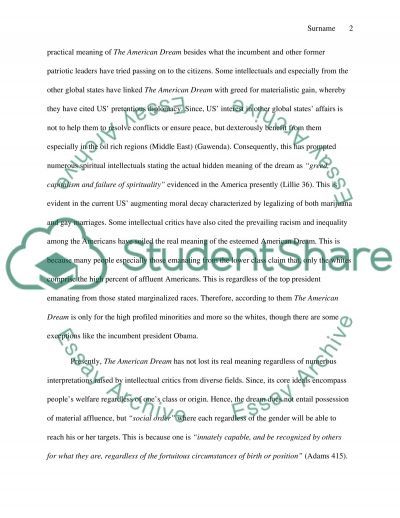
10. The size of the scholarship fund is determined based on the total number of full-time students at the expense of the federal budget in accordance with the rules for the formation of the scholarship fund at the expense of the federal budget and the standards established by the Government of the Russian Federation for each level of vocational education and categories students taking into account the level of inflation. The norms and rules for the formation of a scholarship fund at the expense of budgetary appropriations from the budgets of the constituent entities of the Russian Federation are established by state authorities of the constituent entities of the Russian Federation, at the expense of budgetary appropriations from the local budget - by local governments.
(as amended by the Federal Law of 03.07.2016 N 312-FZ)
(see the text in the previous edition)
state academic scholarships for students, state scholarships for graduate students, residents, assistant trainees, if they study at the expense of the budgetary allocations of the federal budget, the budgets of the constituent entities of the Russian Federation and local budgets, including within the quota established by the Government of the Russian Federation, or this is provided for by international treaties Russian Federation, in accordance with which such persons are accepted for training.
12. The amount of scholarships established by the President of the Russian Federation or the Government of the Russian Federation and the procedure for their payment are determined by the President of the Russian Federation or the Government of the Russian Federation.
13. Personal scholarships are established by federal state bodies, state authorities of the constituent entities of the Russian Federation, local authorities, legal entities and individuals who determine the amount and terms of payment of such scholarships.
14. Students of the preparatory departments of federal state educational institutions of higher education, who study at the expense of the federal budget, are paid scholarships in the amount determined by the Government of the Russian Federation, and in the manner established by the federal executive body responsible for the development and implementation of state policy and legal regulation in the field of higher education.
(as amended by the Federal Law of July 26, 2019N 232-FZ)
(see the text in the previous edition)
at the expense of budgetary appropriations of the federal budget, funds are allocated for the provision of material support to needy students in the amount of twenty-five percent of the size of the part of the scholarship fund provided for by it, intended for the payment of state academic scholarships to students and state social scholarships to students, funds for organizing mass cultural, physical culture and sports health-improving work with students in the amount of the monthly size of the scholarship fund intended for the payment of state academic scholarships to students and state social scholarships to students ntam, on educational programs of secondary vocational education and twice the monthly size of the part of the scholarship fund intended for the payment of state academic scholarships to students and state social scholarships to students, for educational programs of higher education. Material support to students is paid in the amount and in the manner determined by local regulations adopted taking into account the opinion of student councils and representative bodies of students.
Material support to students is paid in the amount and in the manner determined by local regulations adopted taking into account the opinion of student councils and representative bodies of students.
(as amended by Federal Laws No. 312-FZ of 03.07.2016, No. 295-FZ of 14.07.2022)
(see the text in the previous edition)
funds received from income-generating activities, various types of material support for students.
17. The amount, conditions and procedure for cash payments to students of federal state educational organizations for educational programs in the interests of the defense and security of the state, law and order are determined in the manner prescribed by federal laws.
18. Amount, conditions and procedure for cash payments to students of general education organizations with special names "Presidential Cadet School", "Suvorov Military School", "Nakhimov Naval School", "Cadet (Naval Cadet) Military Corps", "Cadet ( naval cadet) corps", "Cossack cadet corps" and professional educational organizations with the special name "military music school", which are under the jurisdiction of the relevant federal state bodies specified in Part 1 of Article 81 of this Federal Law, are determined by the Government of the Russian Federation.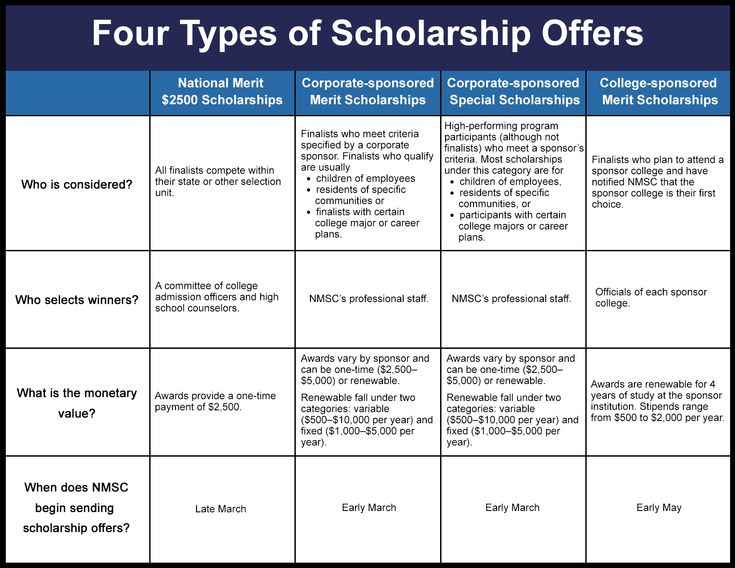
(Part 18 was introduced by Federal Law No. 310-FZ of July 2, 2021)
Questions about social scholarship
Home
Feedback
Questions about social scholarship
Answers of the department of social protection of the population to questions arising in the practice of work when assigning state social assistance to students
1 question:
Parents are employed, but the salary is minimal. Therefore, the average per capita family income is below the subsistence level. Will a student from this family be eligible for state social assistance?
Answer:
A family can be provided with state social assistance if the average per capita income of the family is below the subsistence level for the main socio-demographic groups established in the region at the time of application, for reasons beyond their control.
The list of independent reasons is established by Art. 36 of the regional Law of 02. 10.2007 No. 120-OZ. The minimum wage is not attributed to an independent reason. In this regard, the right to state social assistance is not available.
10.2007 No. 120-OZ. The minimum wage is not attributed to an independent reason. In this regard, the right to state social assistance is not available.
2. Question:
Are students registered for the period of study in a hostel, rented apartments entitled to state social assistance?
Answer:
Students living in dormitories, rented apartments, as a rule, have registration at the place of residence (temporary registration). Therefore, for the appointment of state social assistance, they need to apply to the department of social protection of the population at the place of residence (permanent registration).
3. Question:
Who is considered disabled?
Answer:
The concept of "disability" in the pension legislation, the Family and Civil Codes is different depending on the legal relationship to which it applies.
According to the totality of the concepts available in the legislation, disabled citizens when issuing certificates to students for the provision of state social scholarships are understood as disabled people, including disabled since childhood, disabled children, children under the age of 18, and also older than this age, studying full-time form under the main educational programs in organizations engaged in educational activities, until they complete such training, but not longer than until they reach the age of 23, citizens who have reached the age of 60 and 55 (men and women, respectively).
4. Question:
If a student is registered with relatives of retirement age (grandparents) and the average per capita income is below the subsistence level, will he be eligible for state social assistance?
Answer:
Since the family consists of 3 disabled family members, it can be provided with social assistance. In this case, the income of all family members is taken into account.
5. Question:
To whom is a certificate of assignment of state social assistance issued if there are several students in a low-income large family?
Answer:
In the case when a low-income family, whose members are also students, is considered as a recipient of state social assistance, a document confirming the appointment of state social assistance is issued to each of the students.
6. Question:
Who should be considered in the student's family if he is registered at the place of residence alone?
Answer:
The Family Code of the Russian Federation establishes the duty of parents to support their minor children. Parental rights terminate when the children reach the age of eighteen years (the age of majority), as well as when minor children enter into marriage and in other cases established by law when children acquire full legal capacity before they reach the age of majority.
Parental rights terminate when the children reach the age of eighteen years (the age of majority), as well as when minor children enter into marriage and in other cases established by law when children acquire full legal capacity before they reach the age of majority.
Given the above, in the opinion of the department, the family of a minor student includes his parents and other family members living with them. When calculating the average per capita income, the income of all family members is taken into account.
An adult student is treated as living alone. The average per capita income includes his salary, pensions, benefits, donated, inherited funds, etc., as well as other income approved by Federal Law No. 44-FZ of 05.04.2003.
7. Question:
What documents must a low-income student (family) submit to receive state social assistance?
Answer:
In accordance with the administrative regulations for the appointment of state social assistance, a citizen (student) submits an application that indicates information about the composition of the family, income, information about receiving state social assistance in the form of the provision of social services and property belonging to him (his family) on the right of ownership.



